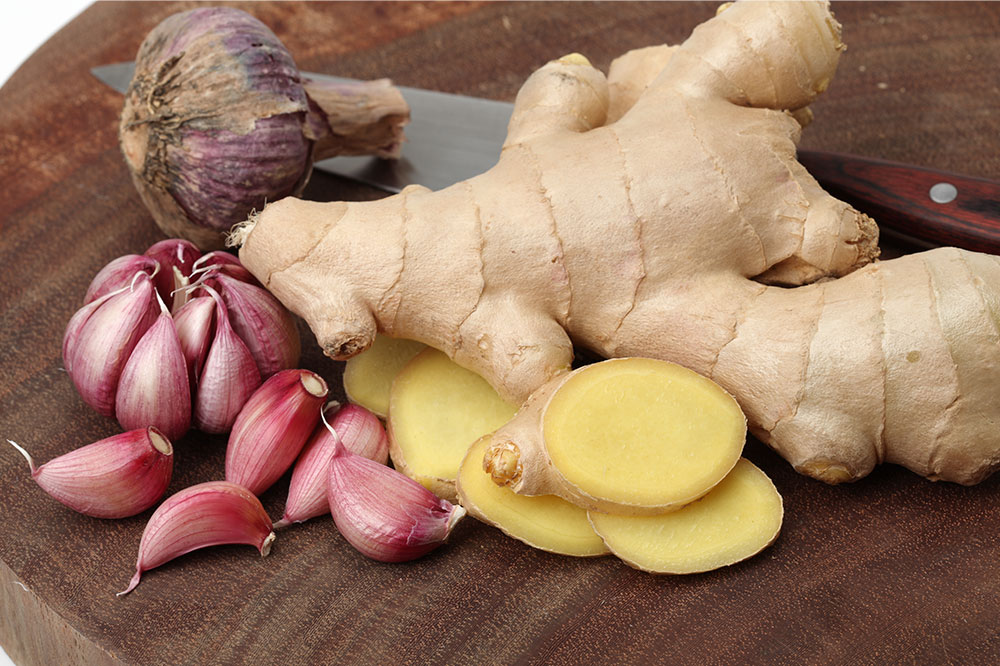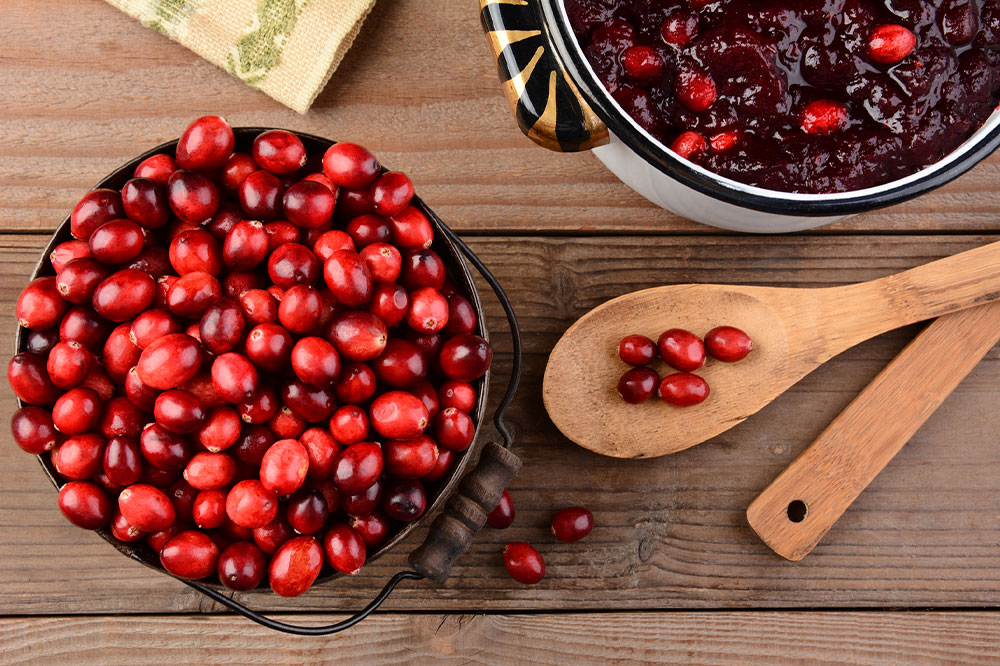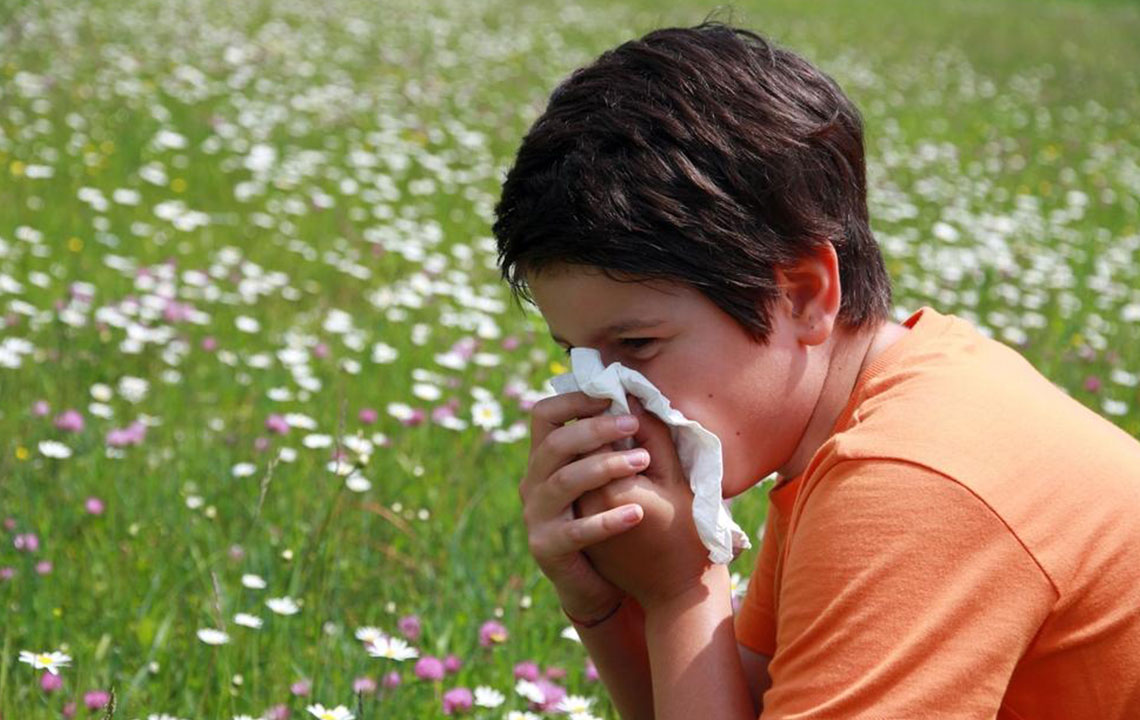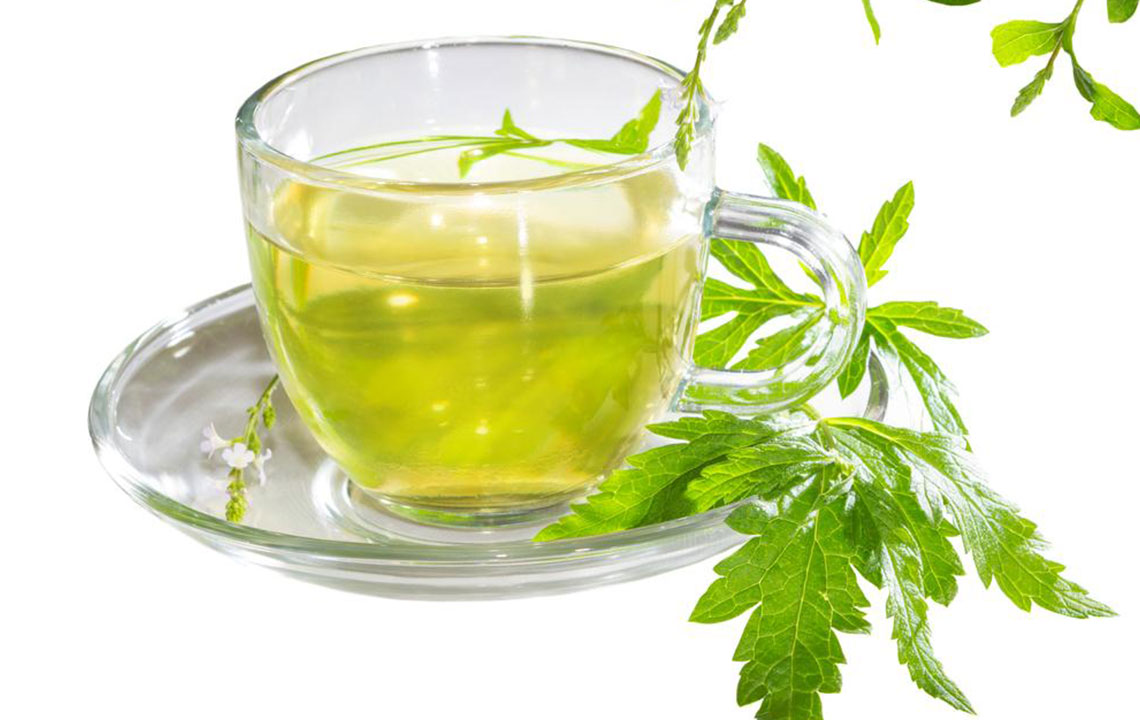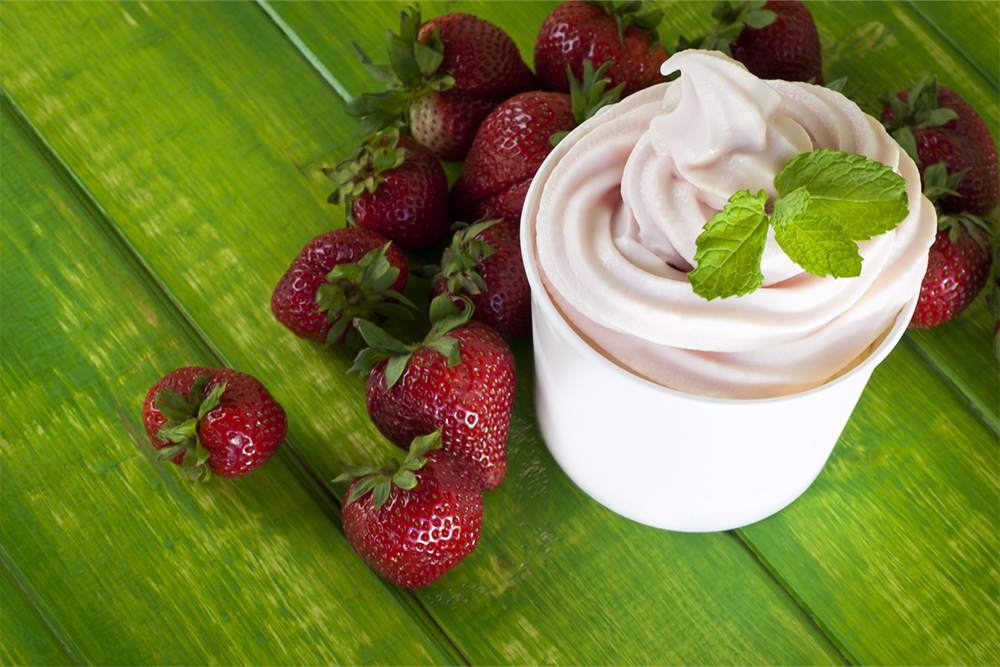Six Natural Approaches to Manage Bacterial Vaginosis
Learn about six effective natural methods to manage bacterial vaginosis, including probiotics, garlic, tea tree oil, and dietary adjustments. These strategies support vaginal health, ease symptoms, and help prevent recurrences. Always consult a healthcare professional before trying home remedies to ensure safety and appropriate treatment.
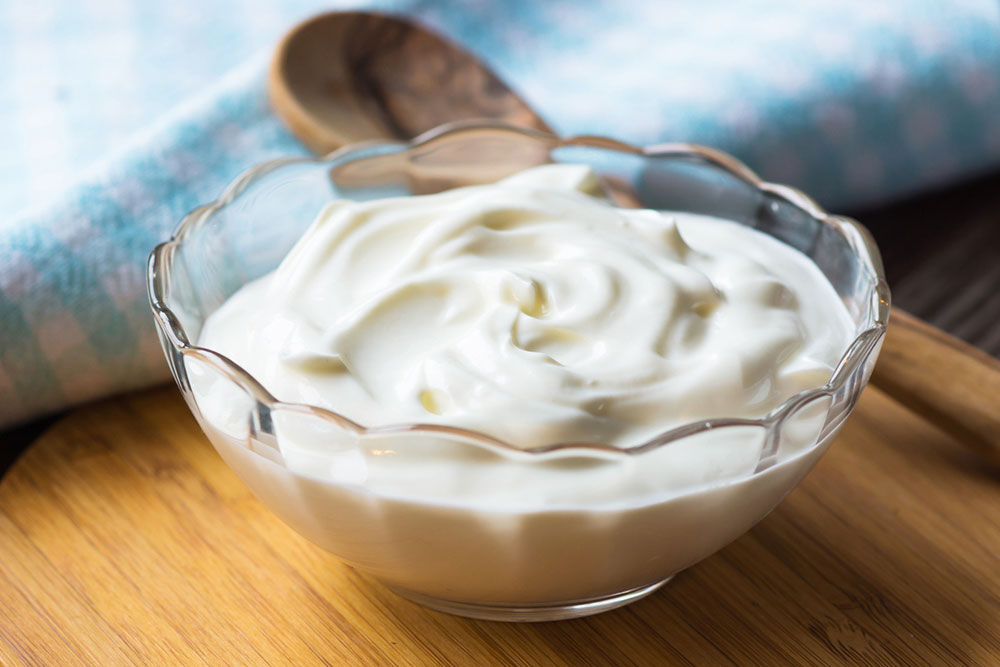
Six Natural Strategies for Alleviating Bacterial Vaginosis
A healthy vaginal environment maintains a balance of beneficial bacteria, but when this balance is disturbed, bacterial overgrowth can lead to bacterial vaginosis. Symptoms often include abnormal discharge, foul odor, and irritation. If symptoms occur, consulting a healthcare provider for proper diagnosis and treatment is essential. Alongside medical advice, several natural home remedies may help ease discomfort and support vaginal health.
Home Remedies
While prescribed medication is the primary treatment for bacterial vaginosis, some natural remedies can assist in restoring microbial balance and reducing symptoms.
1. Probiotic-Rich Foods
Consuming foods high in probiotics, such as yogurt, kefir, fermented vegetables, and cottage cheese, supports vaginal health by increasing lactobacilli levels. These bacteria help maintain a balanced pH, prevent pathogen overgrowth, and bolster the body’s defenses against infection.
2. Boric Acid
Research suggests boric acid may help prevent recurrent bacterial vaginosis by lowering vaginal pH and inhibiting harmful bacteria. However, it should never be ingested and must be used with medical guidance, keeping out of reach of children and pets.
3. Garlic
Known for its natural antimicrobial properties, garlic can be added to meals in fresh or crushed form. Some healthcare providers also recommend garlic supplements or topical applications to help combat bacterial infections naturally.
4. Tea Tree Oil
With natural antibacterial and antifungal attributes, diluted tea tree oil might support bacterial vaginosis treatment. Always dilute before topical use, conduct a patch test for allergies, and consult your doctor for appropriate dosage and safety measures.
5. Apple Cider Vinegar
The antimicrobial acetic acid present in apple cider vinegar can help inhibit bacterial growth. Diluted vinegar rinses may help reduce symptoms, but it’s important to follow proper dilution guidelines and consult a healthcare provider before use.
6. Vitamin C
Boosting immunity with vitamin C-rich foods like citrus fruits, berries, and leafy greens can help the body fight off infections, including bacterial vaginosis. Adequate intake supports restoring and maintaining healthy vaginal flora.
Additional Tips for Prevention
Wear Breathable Clothing
Opt for cotton underwear to keep the area dry and reduce moisture buildup, lowering infection risk.
Practice Good Hygiene
Wash with gentle, fragrance-free products and avoid douching or harsh soaps, which can disrupt natural bacteria balance.
Change Clothes Regularly
After sweating or exercise, change into clean, dry clothing promptly to prevent bacterial growth.
Visit Healthcare Providers
Regular gynecological checkups help monitor vaginal health, catch potential issues early, and prevent recurring infections.
Women aged 15 to 44 should be vigilant for symptoms of bacterial vaginosis and seek medical advice if any unusual changes occur.
Important Notice:
The information provided here is for educational purposes only and should not replace professional medical advice. Always consult qualified healthcare providers for diagnosis and treatment of health conditions. Use these tips responsibly and under medical supervision.

